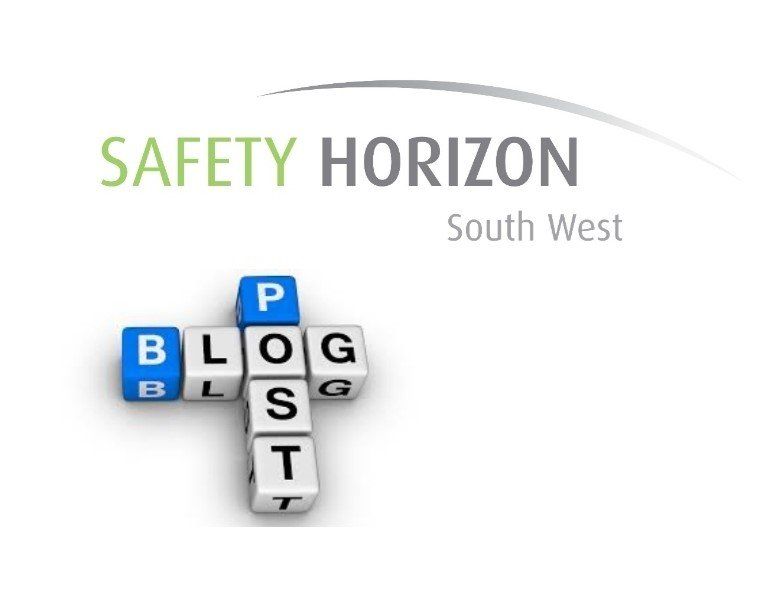Sustainable safety and health
Mark Stallard • 3 June 2021
A look at the sustainability movement and the importance of safety and health within it.

SUSTAINABLE INTEGRATION
Is it correct to say that employers are truly sustainable when they ensure the safety, health and welfare of their employees?
The sustainability movement has steadily gained power and traction within many organisations. It is fair to say though that in recent history sustainability has been primarily rooted in the integration of environmental, social, and economic considerations.
Organisations have been using sustainability as a platform for decision-making and creating transparency. Many are not looking to redefine or reinvent sustainability but occupational safety, health and wellbeing can sometimes be left behind playing catch up.
Once example communicated to me a few months ago from a company Director was ‘A building, no matter how energy efficient or healthy it is for occupants, is not sustainable if a construction worker is killed while building it’. This made me think about a number of different scenarios where this could apply.
Equipment, no matter how responsibly sourced the materials are, is not sustainable if a worker loses a limb during manufacturing. So perhaps it’s true, employers are only truly sustainable when they ensure the safety, health, and welfare of their employees.
Safety, health and wellbeing must be sustainable as its development will meet the needs of the present without compromising the ability of future generations to meet their own needs.
ASSESSING YOUR CURRENT CULTURE
Sustainability has been driven through UK industry by ever increasing procurement processes who require visual examples of an organisations commitment towards it. The preparation of a generic policy will satisfy these supply chain responsibilities and as long as it is signed by the overriding person at the top, it will suffice.
Does this go far enough?
Many policies that I have viewed on sustainability doesn’t even mention safety, health and wellbeing. If the occasional one does, I’m not convinced they actually practice it or really believe it is something they embrace and integrate into day-to-day operations.
Of course, I am not saying health and safety isn’t managed and seen as not being important but there are many organisations that drive performance through reactive indicators (accidents, damages to equipment, insurance claims). These outputs can be low at times and lead decision makers within a business to think everything is going well and their systems are working.
Perhaps the focus could be on proactive inputs that sustain an organisations performance (training days, safety conversations, employee engagement meetings). A positive reflection on the resource that is used to input within an organisation that can sustain low outputs.
FULL TIME PROFESSIONAL v MANAGEMENT CONTROL
There is no right or wrong answer to the question of choosing a full-time safety and health professional against the management team taking responsibility. There are good arguments for both.
Some concerns lie with the appointment of full-time professionals that managers can tend to relinquish their safety and health responsibilities as there is someone to do this for us. On the flip side, having that expertise internally may be the correct decision for some organisations. Somebody who is always there to provide support, assistance and structure. This cannot be under estimated but is this sustainable for an organisation?
I have heard the term over many years, ‘let the managers manage’. Let them take ownership and responsibility for health and safety. Surely, they are the best people to deliver the message to ensure understanding with employees and successful integration.
Having an army of safety and health managers will create a more sustainable health and safety culture than the appointment of one professional who attempts to drive change with little impact.
WHATEVER WORKS BEST FOR YOU
The requirements placed upon organisations to demonstrate they are sustainable will increase in the coming years. Satisfying procurement questions with ‘yes’ answers and signed policies is only the initial stage. Having to clearly show how you are sustainable is fast approaching.
This is a great opportunity for organisations to ask themselves if sustainability is actually something they believe in and if so, does safety, health and wellbeing form a part of it? If so, you will have no issue in providing the evidence to satisfy the supply chain expectations. If not, this may catch you up at some stage and the opportunity for greater rewards may become more difficult to achieve.
Mark Stallard – CMIOSH, FIIRSM, DipSM, DipEM



